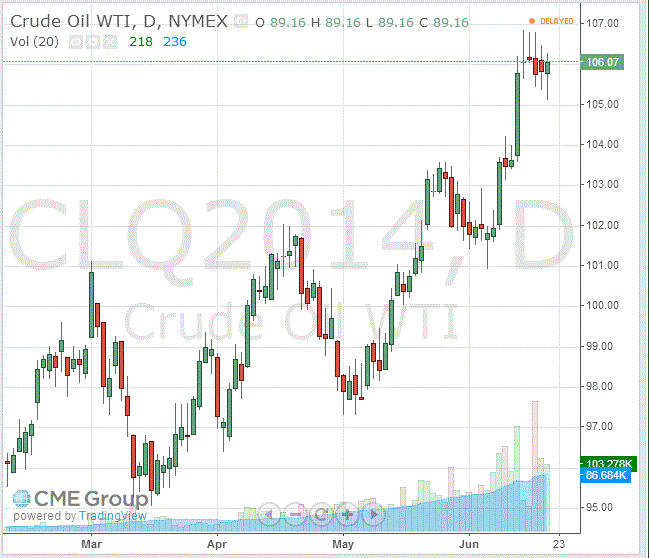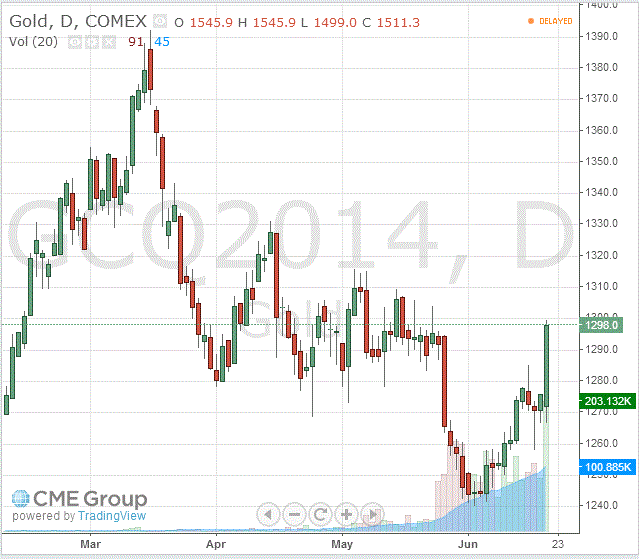Economic
calendar (GMT0):
01:30 Australia RBA Bulletin Quarter II
04:30 Japan All Industry Activity
Index, m/m April +1.5% -3.7% -4,3%
04:30 Switzerland SNB Financial Stability
Report 2014
07:30 Switzerland SNB Interest Rate
Decision 0.25% 0.25% 0.25%
07:30 Switzerland SNB Monetary Policy
Assessment
07:30 Switzerland SNB Press Conference
08:30 United
Kingdom Retail Sales (MoM) May +1.3% -0.5% -0.5%
08:30 United
Kingdom Retail Sales (YoY) May +6.9% +4.2% +3.9%
09:00 Eurozone Eurogroup Meetings
The U.S.
dollar dropped against the most major currencies after the Fed’s interest
decision on Wednesday. The Fed cut its monthly asset purchases by another $10
billion to $35 billion and kept the Federal Funds Target Rate between zero and
0.25 percent. Market participants had expected this decision. The Fed pointed
out that interest rates will remain unchanged for a considerable time after the
Fed’s asset purchase program ends.
Investors
had awaited Fed Chair Janet Yellen gave some hints when the Fed will start to
rise its interest rate, but it didn’t happen. Investors were disappointed. The
U.S. currency suffered due to this disappointment by investors.
The Fed lowered
its forecast for economic growth this year to a range of 2.1% to 2.3% from 2.8
to 3.0% previously.
The Fed expect
its interest rate to reach 1.2% by the end of 2015 and 2.5% by the end of 2016.
The New
Zealand dollar traded lower against the U.S dollar due to the slower than
expected economic growth in New Zealand. New Zealand’s gross domestic product
increased 1.0% in the first quarter, missing expectations for a 1.2% gain,
after a 1.0% rise in the fourth quarter of 2013. The fourth quarter of 2013
figure was revised up from a 0.9% increase.
On a yearly
basis, gross domestic product in New Zealand rose 3.8% in the first quarter,
exceeding expectations for a 3.7% increase, after a 3.1% gain in the fourth
quarter of 2013.
The
Australian dollar climbed against the U.S. dollar after the Fed’s interest
decision. Japanese life insurance firms and retail funds also supported the
demand for the Australian dollar due to higher yields.
The Reserve
Bank of Australia (RBA) released its June bulletin. The RBA said foreign property
demand may have pushed up houses and the supply of dwellings in Australia. The
RBA also said the growth in infrastructure investment in China could remain
strong for some time, which will have a positive impact on Australian commodity
exporters.
The RBA
pointed out that the lower retail sales from May to mid June was driven by “the
“significant downturn in consumer confidence”.
The
Japanese yen climbed against the U.S. dollar after the Fed’s interest decision.
Japan’s all industry activity index declined 4.3% in April, after a 1.5% increase
in March. Analysts had expected the index to fall 3.7%.
EUR/USD:
the currency pair traded mixed
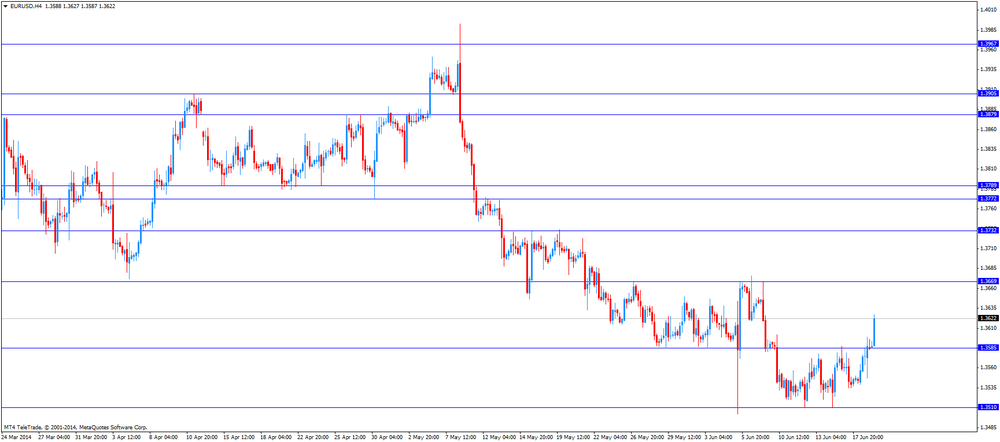
GBP/USD:
the currency pair traded mixed
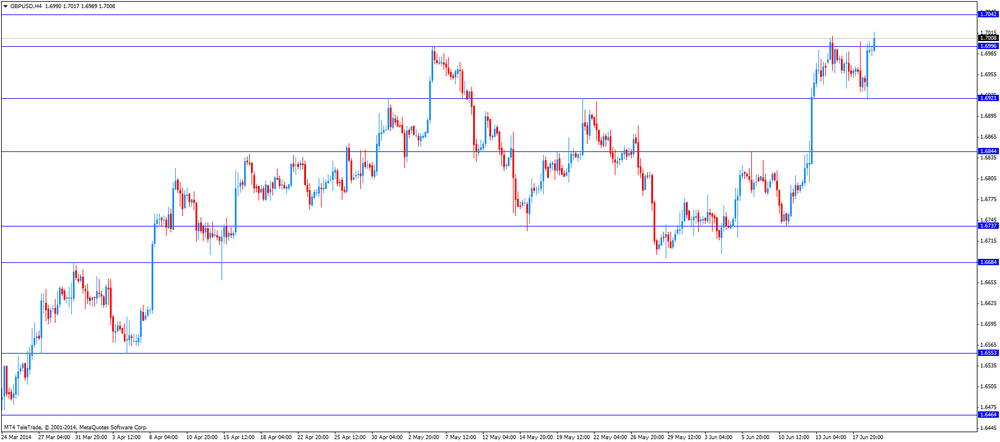
USD/JPY:
the currency pair traded mixed
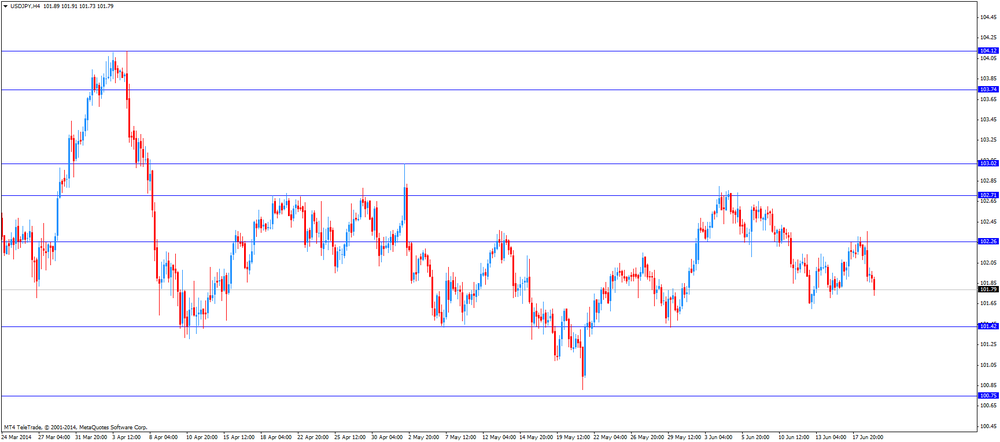
The most
important news that are expected (GMT0):
10:00 United
Kingdom CBI
industrial order books balance June 0 3
12:30 U.S. Initial Jobless Claims June
317 316
14:00 U.S. Leading Indicators May +0.4% +0.6%
14:00 U.S. Philadelphia Fed
Manufacturing Survey June 15.4 14.3
